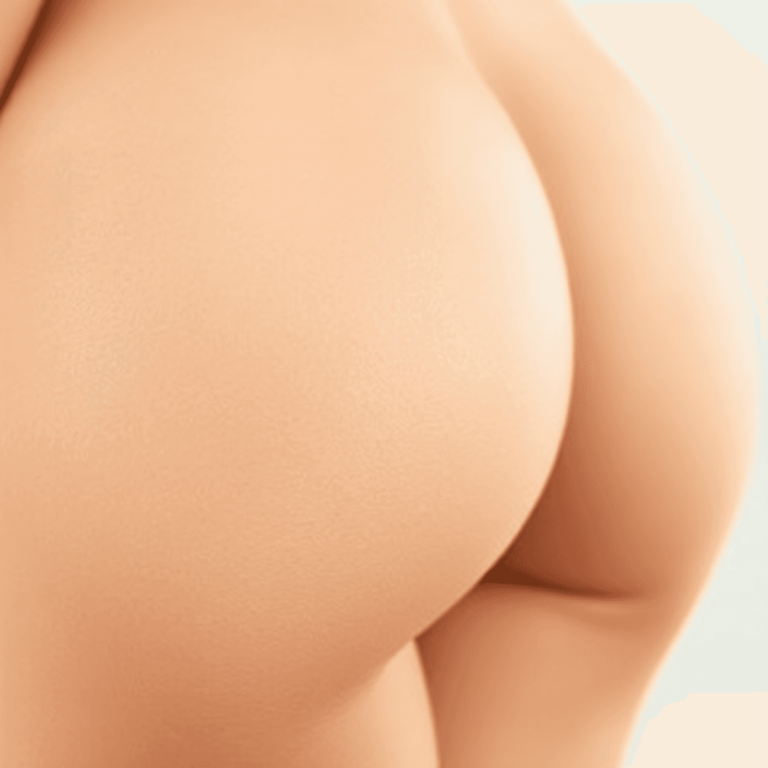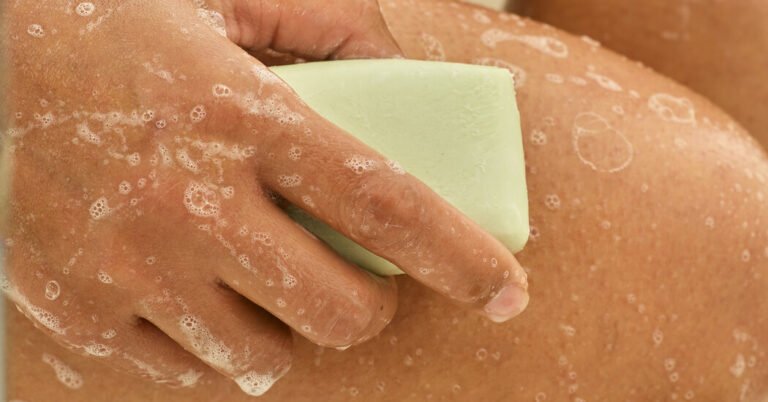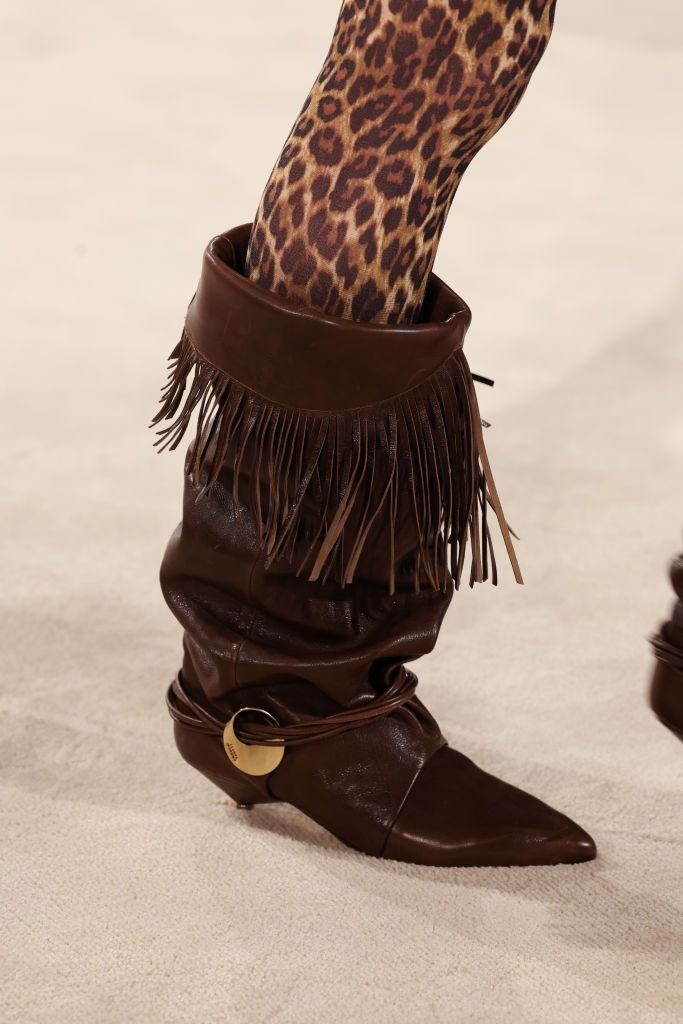How to get rid of pimples on forehead

Introduction
Pimples on the forehead, also known as forehead acne, are a common skin issue that many people face. These blemishes can arise due to various factors including hormonal changes, stress, medication use, genetics, hygiene habits, diet, and environmental influences. During puberty, increased oil production from sebaceous glands can lead to clogged pores and result in breakouts.
Addressing forehead pimples is crucial for maintaining clear skin. Not only do these blemishes affect your appearance, but they can also impact your confidence and self-esteem. By understanding the root causes and adopting effective treatment methods, you can achieve a smoother, clearer forehead.
In this guide, we’ll explore:
- Common causes of forehead pimples
- Effective treatments and home remedies
- Preventative measures to keep your skin clear
Whether you’re dealing with a few bumps or persistent acne, gaining control over your skin’s health is entirely possible.
Understanding Forehead Pimples
Hormonal Changes and Their Impact on Skin Health
Fluctuations in hormone levels can significantly affect your skin. During puberty, the surge in androgens stimulates sebaceous glands to produce more oil. This excess oil can clog pores, leading to pimples on the forehead. Hormonal changes during menstrual cycles, pregnancy, or while using hormonal contraceptives can also trigger breakouts.
Role of Stress in Acne Development
Stress is another major contributor to skin issues, including forehead pimples. When you’re stressed, your body produces more cortisol, a stress hormone that can increase oil production in the skin. Elevated cortisol levels can exacerbate acne by making the skin more inflamed and sensitive.
Influence of Genetics on Acne Susceptibility
Genetics play a significant role in determining how prone you are to acne. If your parents experienced severe acne, you’re more likely to face similar issues. Genetic factors influence the size and activity level of sebaceous glands, as well as how your skin responds to different stimuli.
Effects of Medication Use on Skin Condition
Certain medications can have side effects that include breakouts on the forehead. Steroids, lithium, and some birth control pills are known to contribute to acne flare-ups. It’s important to consult with your healthcare provider if you notice a correlation between starting a new medication and an increase in pimples.
Understanding these triggers helps you better manage and treat forehead pimples. By recognizing the underlying causes—whether hormonal changes, stress levels, genetic predisposition, or medication use—you can take targeted actions to improve your skin health.
Factors Contributing to Forehead Acne
Hygiene Habits and Their Role in Forehead Pimples
Maintaining proper hygiene is crucial for individuals prone to forehead acne. Simple practices like washing your face twice a day with a gentle cleanser can prevent excess oil and dirt from clogging pores. It’s also important to avoid touching your face frequently, as this can transfer oils and bacteria from your hands to your skin, exacerbating breakouts.
Dietary Influences: Foods That May Exacerbate Acne
Diet plays a significant role in skin health. Higher consumption of sugar and dairy products has been linked to an increase in acne severity. These foods can spike insulin levels, leading to increased oil production and inflammation. For instance, foods high in sugar, such as candies, pastries, and sugary drinks, can cause insulin spikes that trigger acne. Similarly, milk and other dairy products contain hormones that could potentially increase oil production, leading to clogged pores.
Impact of Pollution and Weather on Skin Condition
Environmental factors like pollution and weather conditions can also contribute to forehead acne. Polluted air contains particles that can settle on the skin, clogging pores and causing inflammation. Adverse weather conditions further complicate this issue. For example, exposure to polluted air introduces harmful particles to your skin’s surface, which can clog pores and lead to breakouts. Extreme weather conditions—both hot and cold—can affect skin health as well. Hot weather increases sweat production, which can mix with oils on the skin’s surface to block pores. Conversely, cold weather may dry out the skin, prompting overproduction of oil as it attempts to compensate for dryness.
By understanding these contributing factors—hygiene habits, dietary choices, and environmental influences—you can make informed decisions about your skincare routine to manage forehead acne more effectively.
Effective Treatments for Forehead Pimples
Cleansing Techniques Suitable for Acne-Prone Skin
Using a gentle cleanser for acne-prone skin is crucial. Regularly washing your face with a mild, non-comedogenic cleanser helps remove excess oil and dirt that can clog pores. It is generally recommended to cleanse twice daily, particularly after sweating or exposure to pollution. Avoid harsh scrubbing which can irritate the skin and worsen acne.
Over-the-Counter Treatments
Salicylic acid for treating acne and benzoyl peroxide are two highly effective over-the-counter treatments. Salicylic acid penetrates oil-filled pores, helping to clear out debris and reduce inflammation. Benzoyl peroxide works by killing acne-causing bacteria and reducing oil production.
- Salicylic Acid: Often found in cleansers, toners, and spot treatments, it’s effective in preventing clogged pores.
- Benzoyl Peroxide: Available in various forms like gels and creams, it helps reduce bacteria on the skin’s surface.
Home Remedies
For those preferring natural treatments for forehead pimples, several home remedies can be beneficial:
- Warm Compresses: Applying a warm compress helps open up pores and allows trapped oil and bacteria to be released.
- Tea Tree Oil: Known for its anti-inflammatory properties, tea tree oil can be applied directly to the affected area using a cotton swab.
- Aloe Vera: Soothing aloe vera gel can reduce redness and inflammation associated with acne.
Professional Treatments
There are instances when over-the-counter treatments and home remedies may not suffice. Consulting a dermatologist becomes essential. Dermatological treatments for severe acne include prescription medications such as:
- Retinoids: These vitamin A derivatives help speed up cell turnover and prevent clogged pores.
- Antibiotics: Prescribed either topically or orally to reduce bacteria and inflammation.
In some cases, dermatologists might recommend procedures like cortisone injections or chemical peels to address persistent pimples effectively.
Understanding how to get rid of pimples on the forehead involves a multi-faceted approach combining both personal care routines and professional advice when necessary.
Preventative Measures for Forehead Pimples
Importance of Using Non-Comedogenic Products in Skincare Routine
Choosing the right skincare products is crucial in preventing forehead pimples. Non-comedogenic products are specifically formulated to avoid clogging pores, making them ideal for acne-prone skin. Look for labels that state “non-comedogenic,” “oil-free,” or “won’t clog pores.” These products help maintain clear skin without contributing to breakouts.
How to Improve Personal Hygiene Habits to Reduce Forehead Pimples
- Daily Face Washing: Consistently washing your face twice a day with a gentle cleanser removes excess oil, dirt, and impurities that can lead to clogged pores.
- Hair Care: Keeping hair clean and away from the forehead can prevent oils and hair products from transferring to your skin. Opt for non-greasy hair products and wash your hair regularly.
- Avoid Touching Your Face: Touching your face frequently can transfer bacteria and oils from your hands, exacerbating pimples. Practice keeping your hands away from your face as much as possible.
- Clean Pillowcases and Hats: Regularly wash pillowcases, hats, and any headgear that comes into contact with your forehead. Dirty fabrics can harbor bacteria and oils that contribute to breakouts.
- Balanced Diet: A diet rich in fruits, vegetables, lean proteins, and whole grains supports overall skin health. Limiting sugar and dairy intake may also reduce the occurrence of acne for some individuals.
- Hydration: Drinking plenty of water keeps your skin hydrated and helps flush out toxins, supporting clearer skin.
By integrating these habits into your daily routine, you can significantly reduce the occurrence of forehead pimples.
Quick Fixes for Overnight Relief from Forehead Pimples
When you need a fast solution to reduce the appearance of forehead pimples, certain products and techniques can provide relief by morning. Here are some effective overnight pimple solutions to consider:
Spot Treatments
- Benzoyl Peroxide Gel: Known for its antibacterial properties, benzoyl peroxide can help diminish pimples quickly. Apply a small amount directly to the pimple before bed and let it work overnight.
- Salicylic Acid: This ingredient helps unclog pores and reduce inflammation. Look for spot treatments with 2% salicylic acid to apply on the affected area.
- Sulfur-Based Treatments: Sulfur helps dry out the surface of the skin to absorb excess oil and unclog pores. Products like Mario Badescu’s Drying Lotion can be dabbed onto pimples for overnight results.
- Tea Tree Oil: As a natural antiseptic, tea tree oil can reduce inflammation and kill bacteria. Use a cotton swab to apply diluted tea tree oil directly on pimples.
- Hydrocolloid Patches: These acne patches work by drawing out impurities and reducing inflammation while you sleep. Brands like COSRX offer patches that adhere to your skin overnight.
Additional Tips
- Ice Packs: Applying an ice pack wrapped in a cloth can reduce swelling and redness before using any spot treatment.
- Aloe Vera Gel: Known for its soothing properties, aloe vera gel can calm irritated skin and reduce redness.
- Honey: Its natural antibacterial properties make honey an effective option for reducing pimples. Dab a small amount on the pimple and leave it on overnight.
By incorporating these how to get rid of pimples overnight methods into your skincare routine, you can wake up with noticeably clearer skin.
Conclusion
Achieving clear skin requires a balanced approach. Managing forehead pimples involves combining effective skincare routines with lifestyle adjustments. Regular cleansing, using non-comedogenic products, and incorporating over-the-counter treatments such as salicylic acid or benzoyl peroxide can significantly reduce acne.
Adopting good hygiene habits and making dietary changes, like limiting sugar and dairy intake, also play crucial roles. Natural remedies and professional treatments should be considered based on individual needs.
By integrating these strategies into your daily routine, you can effectively manage forehead pimples and enjoy clearer, healthier skin.
“The key to how to get rid of pimples on forehead lies in consistency and a holistic approach.”
FAQs (Frequently Asked Questions)
What are the common causes of forehead pimples?
Forehead pimples can be caused by various factors including hormonal changes, stress, genetics, and certain medications. Understanding these triggers is essential for effective treatment.
How can I improve my skincare routine to prevent forehead acne?
Using non-comedogenic products in your skincare routine is crucial. Additionally, maintaining good hygiene habits and incorporating gentle cleansers suitable for acne-prone skin can help reduce the occurrence of forehead pimples.
What dietary changes can help with forehead acne?
Certain foods may exacerbate acne, such as those high in sugar and dairy. Monitoring your diet and reducing the intake of these foods could potentially improve your skin condition.
What are some effective treatments for treating forehead pimples?
Effective treatments include using over-the-counter products containing salicylic acid or benzoyl peroxide, applying natural remedies like tea tree oil, and seeking professional advice from a dermatologist for prescription medications when necessary.
Are there any quick fixes for overnight relief from forehead pimples?
Yes, there are several spot treatments available that can provide overnight relief from pimples. Look for products specifically designed to target blemishes quickly.
How important is it to address forehead pimples for clear skin?
Addressing forehead pimples is vital for achieving clear skin as they can affect overall complexion and confidence. A holistic approach combining skincare and lifestyle adjustments is recommended for effective management.










